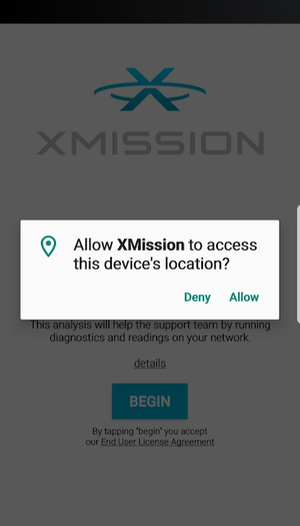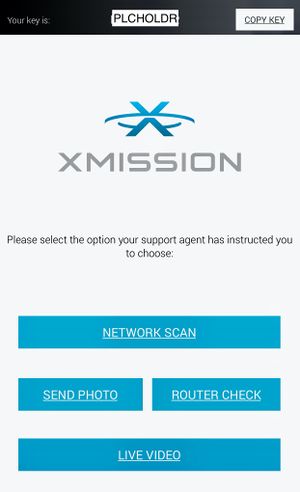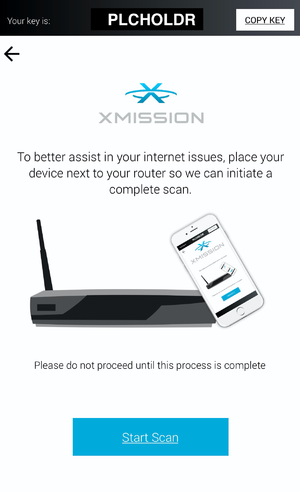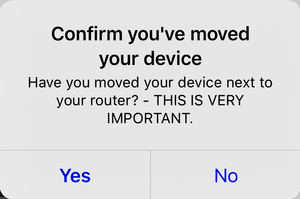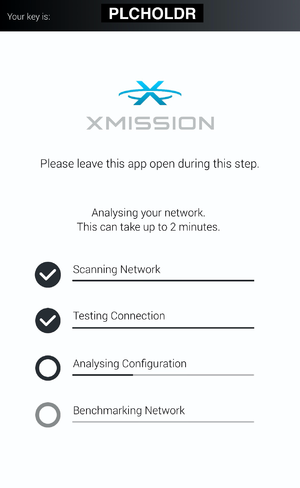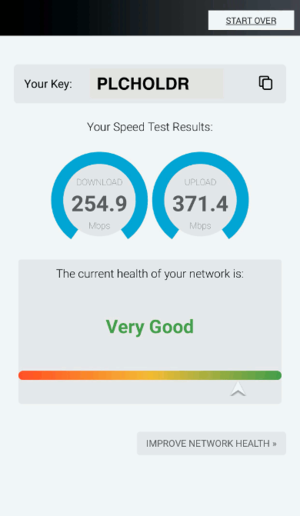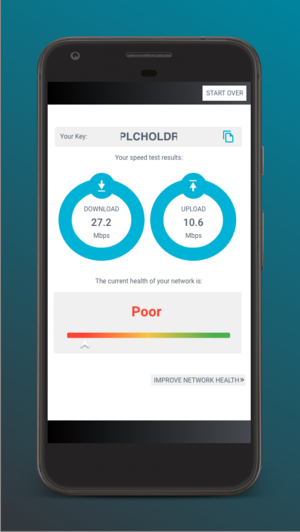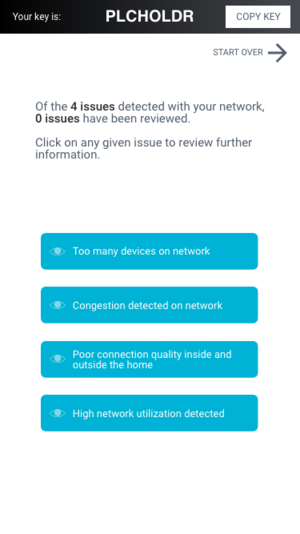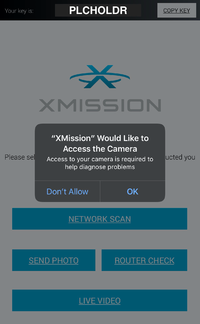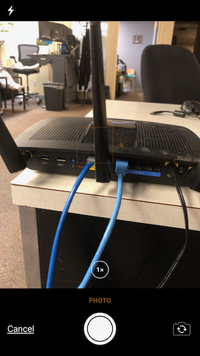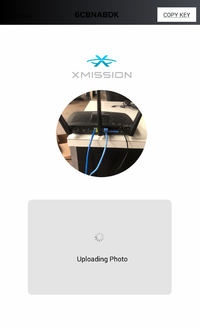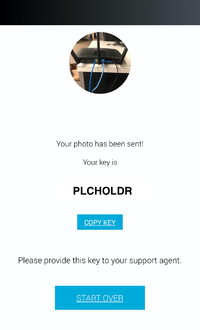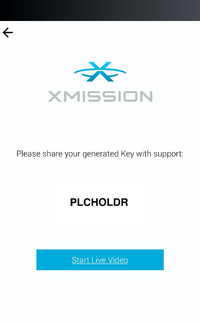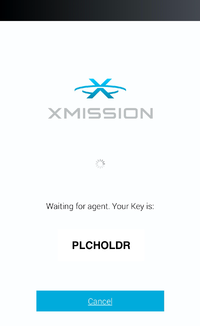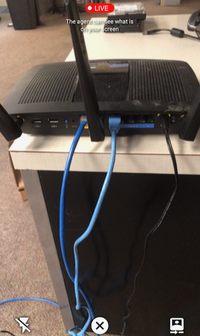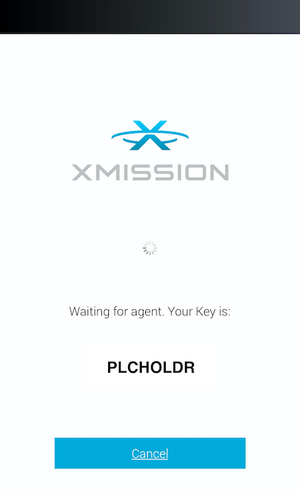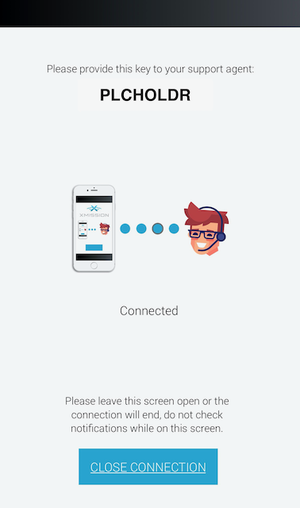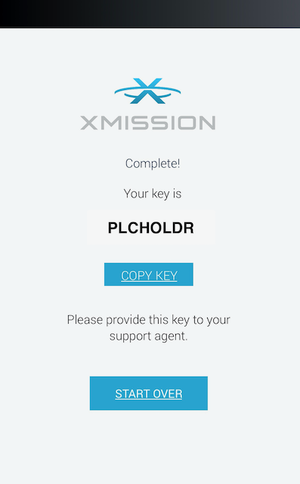XMission App
The XMission App for mobile allows you to troubleshoot your network and to work directly with our support team as needed. This app assists with wireless performance tuning, network congestion, caching and streaming issues, and much more.
Our app runs a quick two-minute network diagnostic which collects simple data such as Internet speed and network health. It allows you to upload photos and videos, plus it has the ability to grant XMission access to the router with just a few clicks. The XMission App is available on both Android and iOS
How to Perform a Network Scan
- Once installed, launch the app. If the app asks for permission to access your location, please allow it. This enables the app to gather information about the ambient wifi network.
- You'll be asked to place your device next to your router or in the area where you are experiencing wireless issues.
- Tap ‘Yes’ on the screen asking if you have moved your device to the correct location.
- Allow the tests to complete. This normally takes up to 2 minutes, however, it could be longer on older devices.
- Once the network scan is completed you'll be shown a result screen that will advise you of your current network health:
What to do with your Network Scan
Once you've scanned the network using our app, you will be provided a network quality rating:
- Very Good
- Good
- Moderate
- Poor
It is recommended to click on "Improve Network Health" no matter what your rating is, as there could still be issues affecting secondary devices besides your phone. We look for four known issues that cause connectivity issues:
- Too many devices
- Congestion on network
- Poor quality inside or outside of the home
- High network utilization
Too Many Devices
While many wireless routers are programmed to support up to approximately 100-150 devices, that doesn't mean you are able to have that many simultaneous connections running at once.
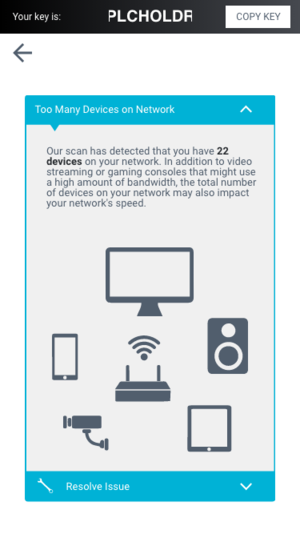
|
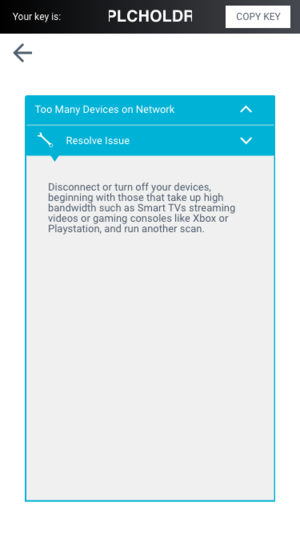
|
If there are more devices with active Internet connections than your router can support, it can cause connectivity issues. Disconnecting and turning off devices that are not in use will clear up those issues.
Network Congestion Detected
Wireless Internet uses a RF (radio) band much like your local radio station to broadcast your connection. The radio frequency being used by the router can have interference and cause congestion which slows down your Internet speeds.
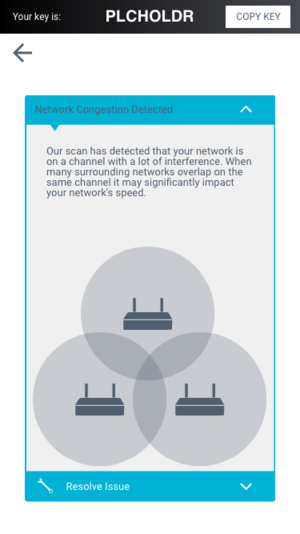
|
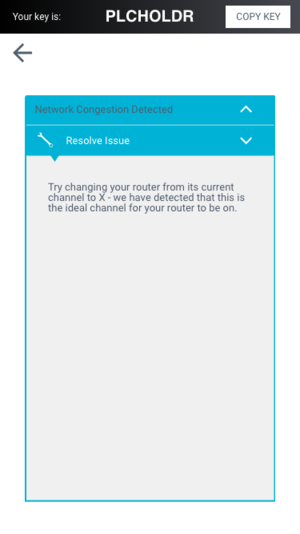
|
Isolate your router from other wireless or radio devices such as:
- Cordless phones
- Microwaves
- Two-way radio / walkies / satellite radios
- Atomic clocks
You can also log into your router's interface and change the wireless channel.
If our app is able to detect a better wireless channel, we will recommend that you should change it to "X" channel.
Poor Connection Quality
From time to time your network can be overburdened by locked packets. This typically happens when bad hardware doesn't release its connection or has a bad connection to your router. This will create a poor internal connection and our app will be able to detect if this is happening.
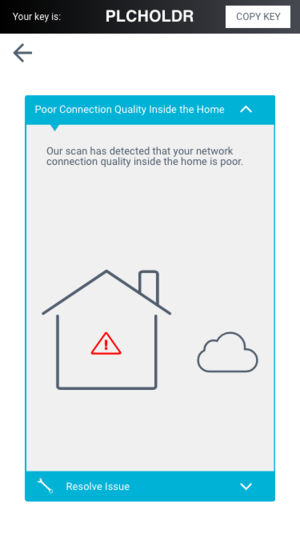
|
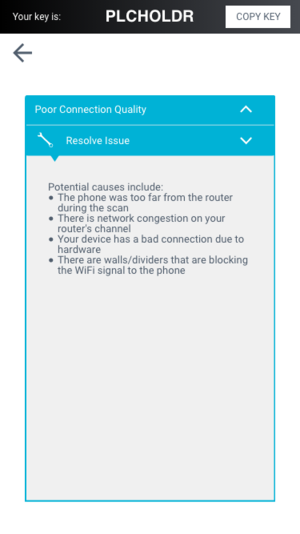
|
To correct this, please reboot your router. However, please be aware that if you do not correct the hardware issue this will happen quite often.
Poor Connection Quality Outside of the Home
There may be issues on the XMission/UTOPIA side such as high jitter, high ping, and/or low light levels.
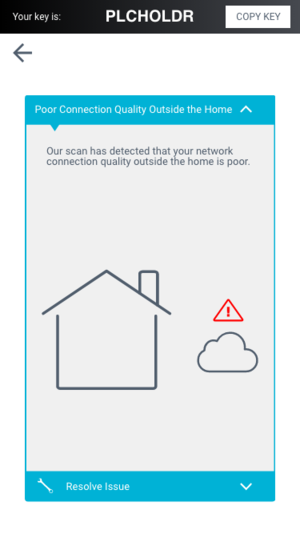
|
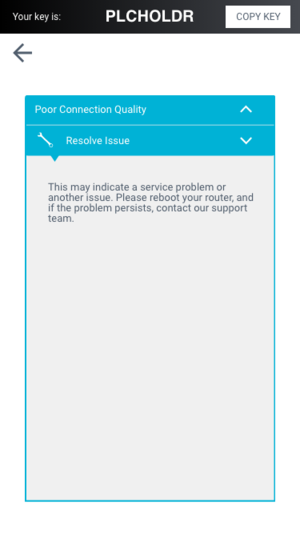
|
We strongly recommend rebooting your router first and if after a re-scan the app continues to detect an issue, you will be directed to contact our support team.
High Network Utilization Detected
Network utilization occurs when a device or multiple devices are using more bandwidth that what is available. For example: someone is playing an online game, while streaming HD videos. This device is now queued to use between 70-150Mbps not leaving very much bandwidth left for the other users. This will create congestion across your entire network.
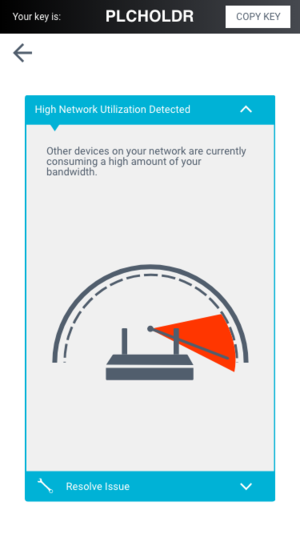
|
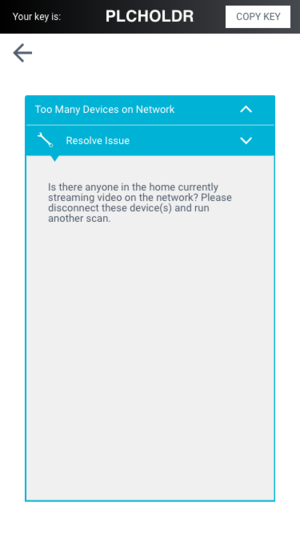
|
Limiting the number of devices streaming or using high bandwidth at one time will help resolve this.
Send a Photo or Video
When troubleshooting with a XMission representative we may ask for a photo or video of your hardware set-up. This helps us see your equipment in order to identify any possible wiring issues.
Send a Photo
If a XMission representative asks for a photo you are able to do this by clicking on "Send Photo"
NOTE: Photos are saved on XMission's servers. We are able to remove them at user request.
Start a Video Call
If a XMission representative asks for a photo you are able to do this by clicking on "Live Video"
NOTE: Videos are not saved on XMission's servers.
Router Check
XMission's Router Check lets you give a representative a secure remote access to your personal router's interface. Using this feature XMission will be able to help you with;
- Setting up Wireless Username and Password.
- Changing Wireless Channels.
- Securing your home network.
- Much more.
In order to access your router's interface you will have to clicking on "Router Check" (Please note, XMission will only be able to log in if your router admin login is still factory default or you remember the password used when first setting up the router.)
NOTE: XMission does not store any user information from Router Check.
FAQ
- What does this app do?
- It will collect some information regarding your network so we can dive in a little deeper to find out the real cause of your issues.
- What information are you going to be able to see?
- We start with a speedtest from your device, then we collect general diagnostics on the health of your connection. We can use this data to pinpoint the issues you may be experience at a much faster rate. It will also include where speed is being lost, if there are issues in the home or to your home.
- Does the app run in the background?
- No, the app will only run when you open it and specifically choose to run the test.
- I’ve run the app but my problem isn’t resolved, what should I do?
- Running the app alone may not resolve your issues its self, we recommend using this app along side of speaking with a XMission Representative. If you run a scan prior to contacting support you need to provide your unique key so that we can analyse the results and make any relevant changes or suggestions. WiFi can be affected by many different external factors but we will help to assist you every step of the way if this is required.
- Can I run the test multiple times?
- Yes, you can run the test multiple times, please ensure that you do test in the location that you are having issues.
- Having trouble running the test, what should you do?
- First try to fully close the app on your device, if you are still having issues you should reboot your device, if this doesn’t resolve the issue the next step is to delete the app and reinstall it on your device, if you are still having issues after trying these steps then please get in contact Support.
- Can the XMission App be installed on a desktop/laptop?
- Currently, the app is only available for Apple and Android-based tablets and phones
- Is this app secure?
- Yes the app is very secure and is encrypted. It does not access any of your storage, GPS location or anything like that.
Privacy Policy
XMission values our customers privacy and security. We want to ensure that use of the XMission App follows our Privacy Policy and your information is secure. It is always your choice to allow XMission to collect manual information and data when using this app. We do not sell, share or provide any information collected and can be removed from our system's at your request.
Location permission on devices only gives the app access to WiFi network names, that is the only reason we request this. We do not collect or store any GPS location data.
Collected data can consist of:
- Make, Model and Software version of your router.
- List of WiFi Networks that your devices is capable of seeing.
- Speedtest, Pings and Latency results of your device.
- Connection quality to several websites.
